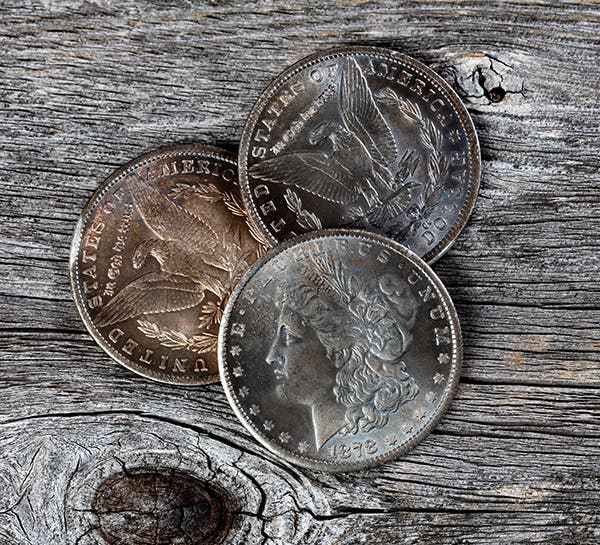Only one three-cent from New Orleans
The 1851-O silver three-cent piece has to rank as one of the most interesting dates of a very interesting denomination.
The 1851-O silver three-cent piece has to rank as one of the most interesting dates of a very interesting denomination. While there are any number of interesting three-cent pieces, the 1851-O is unique as the only three-cent piece ever produced outside of the main minting facility in Philadelphia.
There is good reason to look at the silver three-cent piece as an unusual denomination as there is reason to suspect that had there not been a problem with silver coins in the early 1850s there might never have been such a U.S. denomination.
The situation in the early 1850s traced directly to the gold that had been discovered in 1848 in California. All that gold had upset the traditional silver to gold ratio. The price of silver rose. That meant it suddenly cost more to make a silver coin than its face value. That has some serious consequences. The first is that the Mint starts to lose money, which is not a good thing.
Another consequence was that the public began to hoard coins. By hoarding all the silver coins there was suddenly a national coin shortage that was complicated by the fact that if the Mint tried to meet the shortage by producing more silver coins, it would lose even more money. In addition, even if the Mint did try to increase production, the public was just going to add the coins to their hoards.
The Congress needed to step in and reduce the amount of silver in the coins, but Congress was in no rush. In fact, historically, Congress was about as enthusiastic about reducing gold or silver content in coins as going to the dentist.
A need to reduce the gold weight of coins that became apparent in the early 1820s was not acted upon until 1834.
Slowness was also in evidence when a House committee decided to study the issue of silver content as well as whether a 2-1/2 cent coin should be produced, which would have been handy in changing Spanish bits, which were worth 12.5 cents.
What was finally approved was a three-cent piece with a silver content having a fineness of .750. These were hailed as a convenience for buying first-class stamps from the post office, which cost three cents. This was spin. The Congress wanted to be known for a public service rather than issuing a coin debased from .900 fine.
The initial mintage was almost 5.5 million at Philadelphia in 1851, over 18.5 million in 1852 and 11.4 million in 1853. Then the silver content of the regular coinage was reduced and the fineness of the three-cent silver was raised to .900.
The 720,000 mintage of the 1851-O three-cent piece is hard to explain. The fact that New Orleans never again produced a three-cent coin is a good indicator as to how this mintage was evaluated.
But a one-year issue makes the 1851-O more desirable. It is $38.50 in G-4 and $500 in MS-60, compared to $32 and $180 for the more common Philadelphia issues of this type. Most high-grade 1851-O pieces are quite attractive.
This piece tends to be ignored, but it is historic and a worthwhile coin to add to any collection.
More Coin Collecting Resources:
• Strike it rich with this U.S. coins value pack.
• Get the 2012 Coin of the Year – limited quantities remain!
• Build an impressive collection with Coin Collecting 101.
• IT’S HERE! Order the 2014 North American Coins & Prices.








